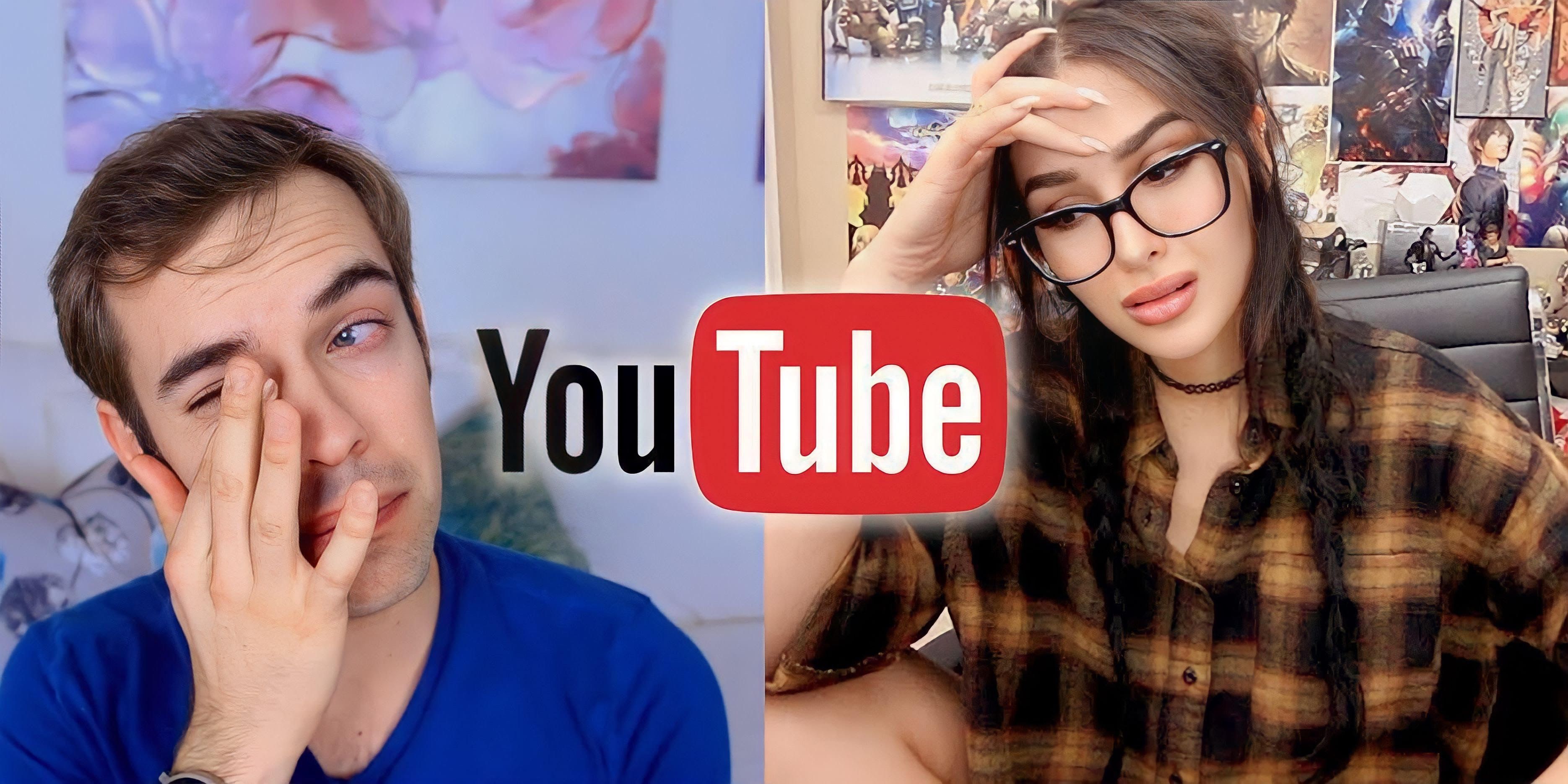
YouTube's Latest Ad Revolution: What You Need to Know

YouTube revolutionizes its ad system, unveiling a range of modifications that will significantly alter users' perception and control over ad revenue Experience the game-changing updates firsthand!
Highlights
YouTube plans to simplify and enhance the ad-enabling process for creators, aiming to maximize revenue while keeping the ad experience straightforward.
Enabling both non-skippable and pre-roll ads simultaneously with other formats in an experiment resulted in a 5% and 15% increase in ad revenue, respectively, without significant decreases in watch time.
YouTube is now providing creators with additional ad controls for newly uploaded videos, allowing them to decide whether they want to include pre-roll, post-roll, skippable, and non-skippable formats. However, creators will still have full control over mid-roll ads.
YouTube recently announced plans to improve and simplify the process for creators to enable ads in YouTube Studio. The goal is to promote best practices among creators and maximize their revenue. YouTube wants to help creators earn more while keeping the ad experience simple, allowing creators to focus on creating content.
In a recent experiment conducted by YouTube in the first half of 2023, it was found that creators who enabled non-skippable ads alongside other formats saw a 5% increase in YouTube ad revenue, with a minimal decrease of less than 1% in watch time. For creators who enabled pre-roll ads alongside other formats, there was an impressive 15% increase in ad revenue, with a slight decrease of 5% in watch time. These findings highlight the potential benefits of strategically incorporating non-skippable and pre-roll ads to enhance YouTube ad revenue.
Starting in November, YouTube will simplify ad controls for pre-roll, post-roll, skippable, and non-skippable ads on newly uploaded videos. Instead of selecting individual ad formats, creators will have the option to enable or disable ads for these formats. YouTube will use various factors to determine when viewers see these ads, maximizing revenue while ensuring a positive viewing experience. Mid-roll ads will still offer creators full control, allowing them to manually select ad breaks or choose automatic ad breaks. Newly uploaded videos will only have the option to enable or disable ads appearing before or after the video. Previously uploaded videos will keep their existing ad format selections, with future edits offering the same enable/disable option.
On another note, YouTube is enhancing ad opportunities on live streams by introducing new mid-roll ad controls. Creators will have options for optimized mid-roll frequency, self-selected mid-roll frequency, and new live display ads. Additionally, they will receive a 60-second countdown before mid-roll ads appear and can skip or delay ads for 10 minutes. Creators can also manually insert mid-roll ads as desired. Furthermore, YouTube Analytics will now provide more information on ad revenue from live streams and live replays.
Content creators will soon have a new option to optimize mid-roll earnings. They can now combine automated ad breaks recommended by YouTube with manual ad breaks they set themselves. This approach offers more flexibility in selecting the most suitable times to show ads to viewers, benefiting both creators and viewers. These transformations aim to simplify the ad experience for creators and unlock the full potential of revenue generation, while still ensuring a positive viewer experience on the YouTube platform.
However, some people have not welcomed this announcement entirely. They argue that it takes away control from creators in managing their own ads. If creators experience a decrease in earnings, they would no longer have any recourse as that decision would solely be in the hands of YouTube. Additionally, there are concerns that this shift towards YouTube managing ads may lead to an increase in AdBlock usage among users. Despite these considerations, this change is significant and will have a far-reaching impact on the creative landscape.












